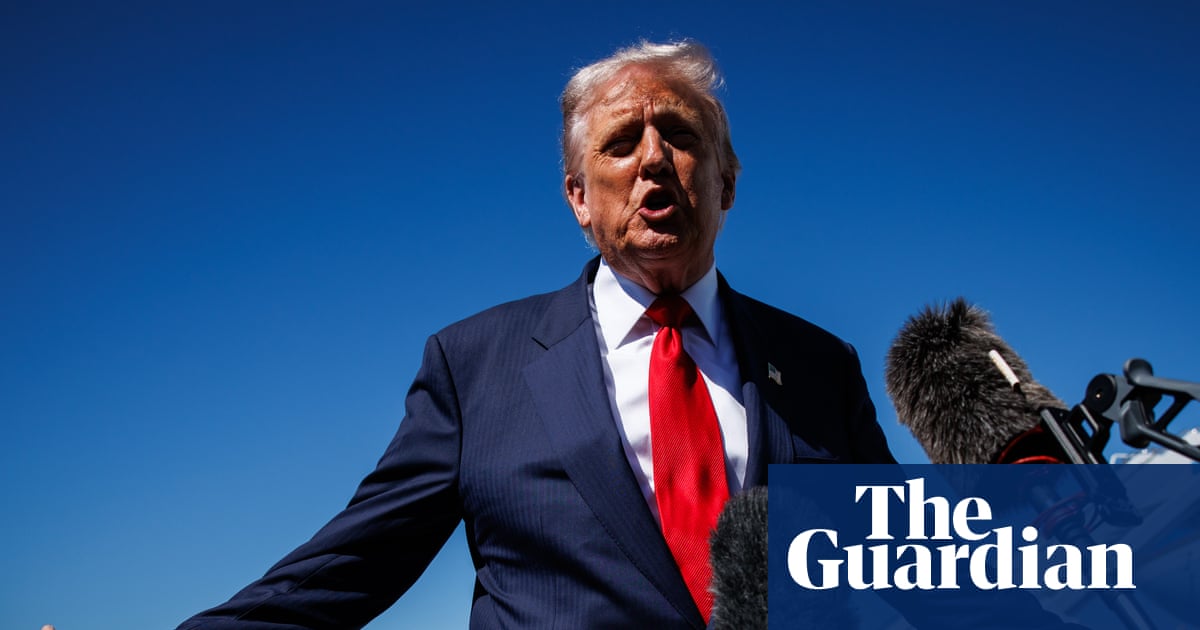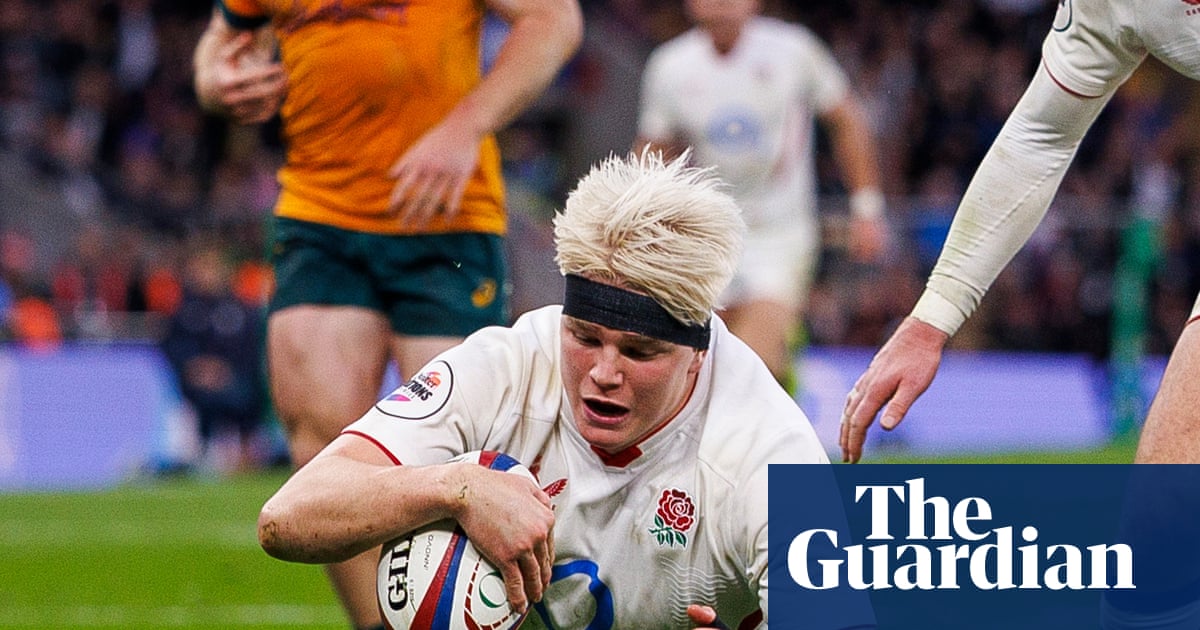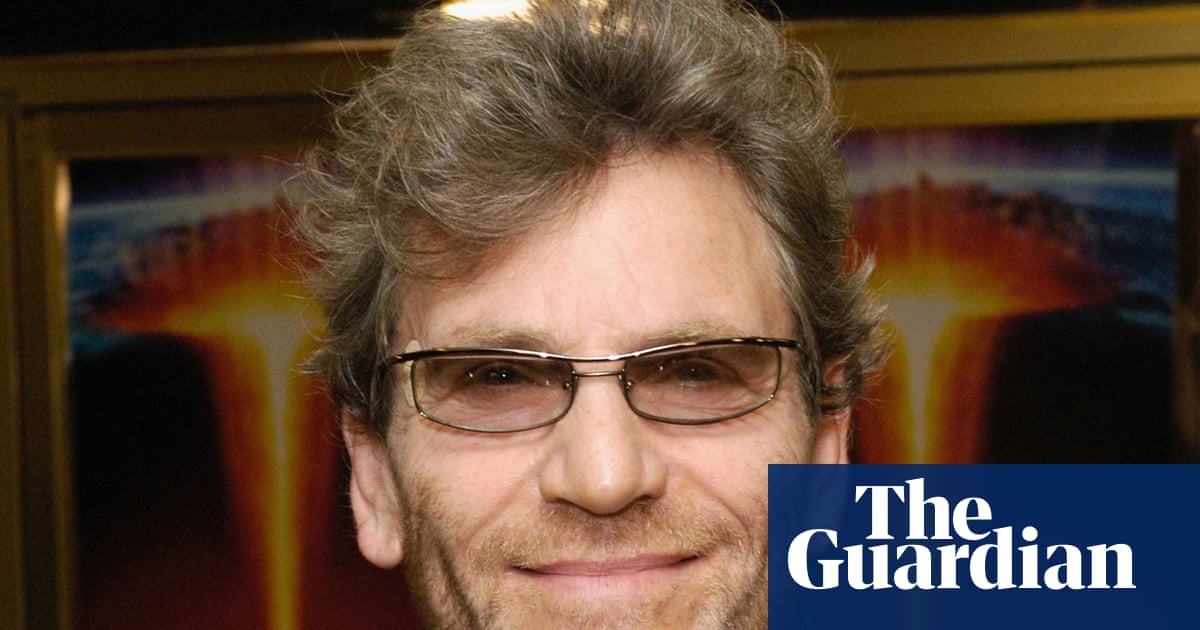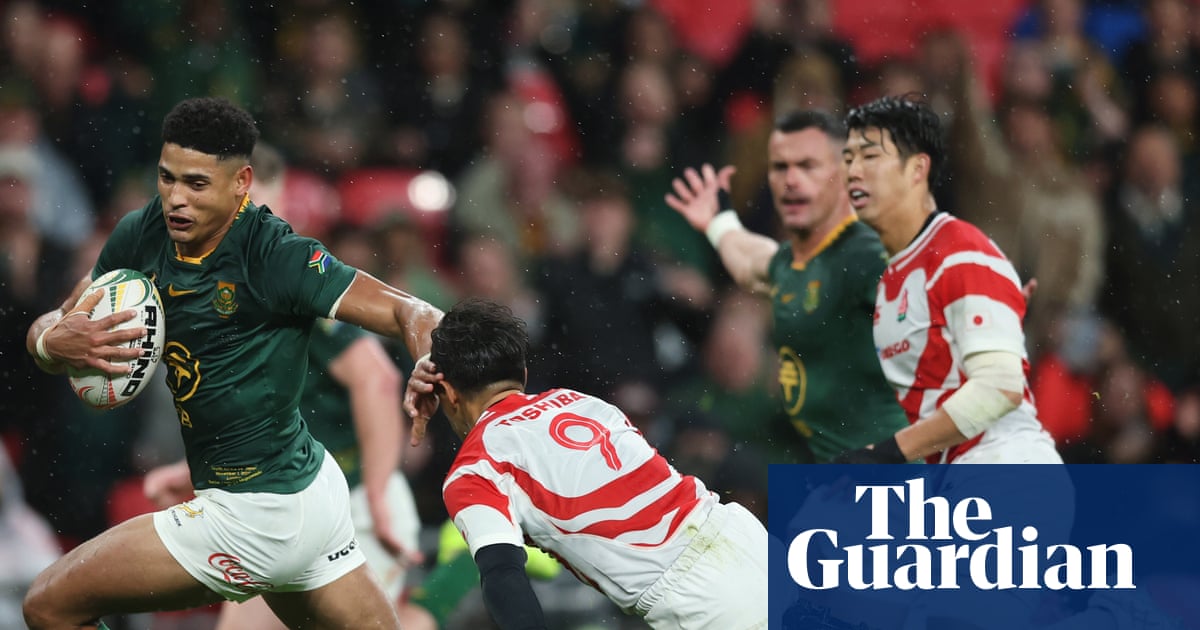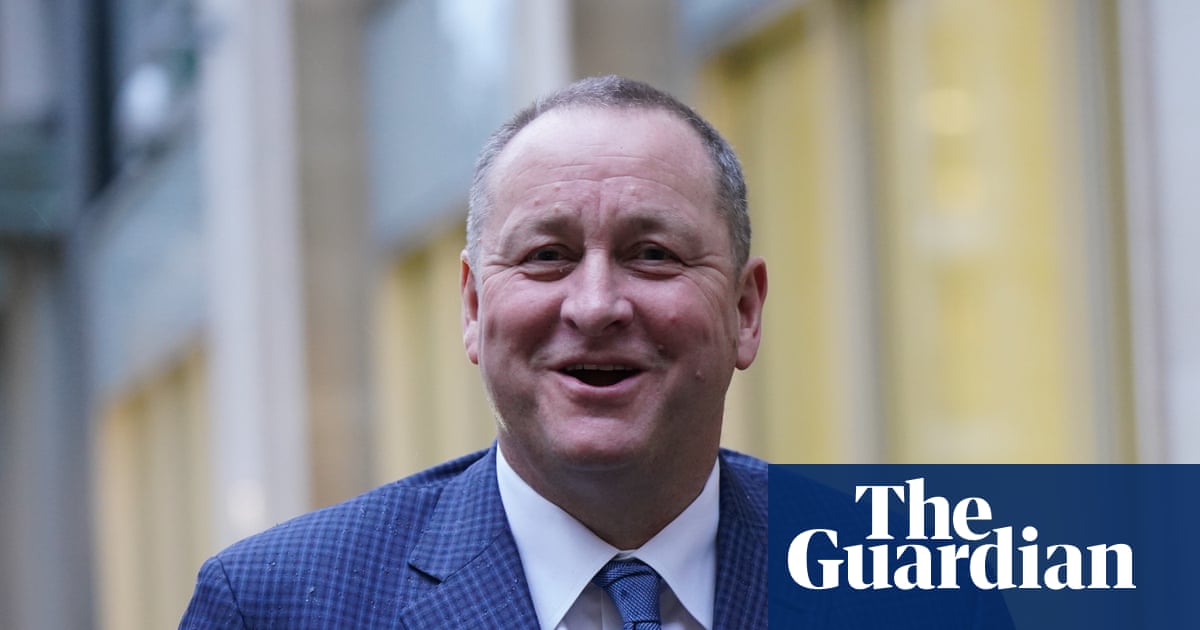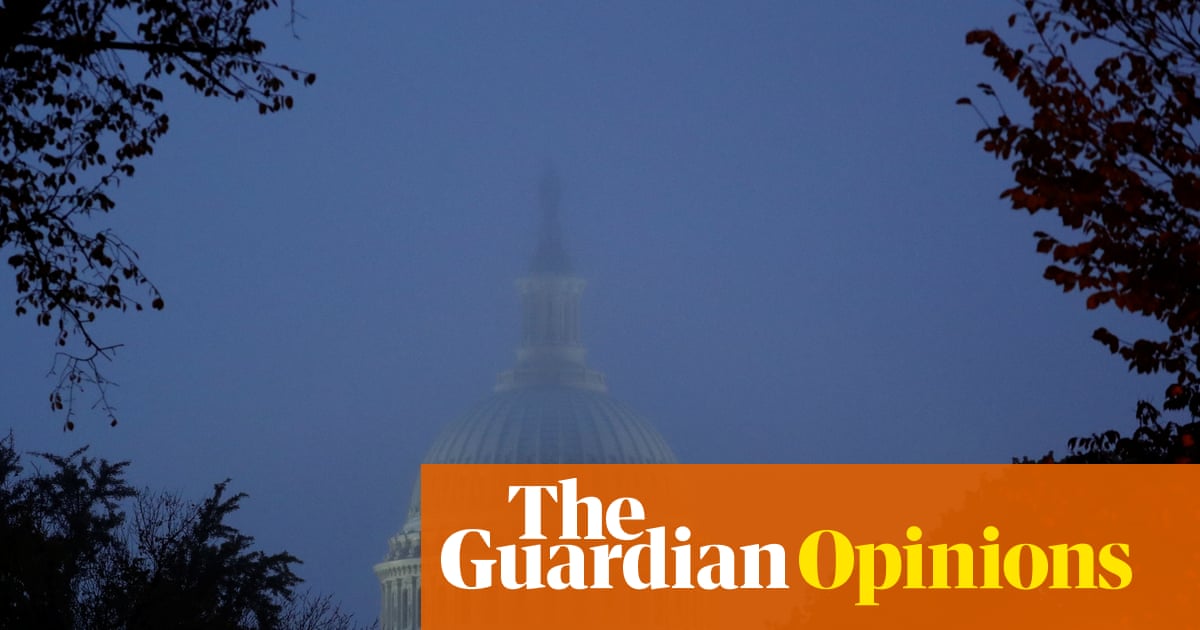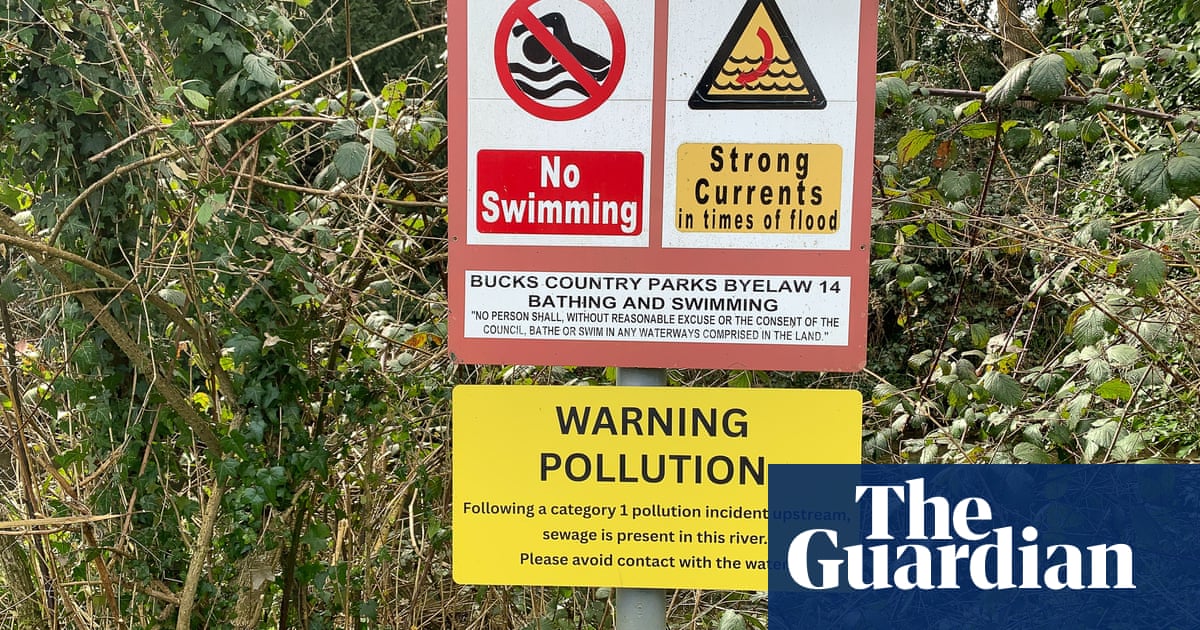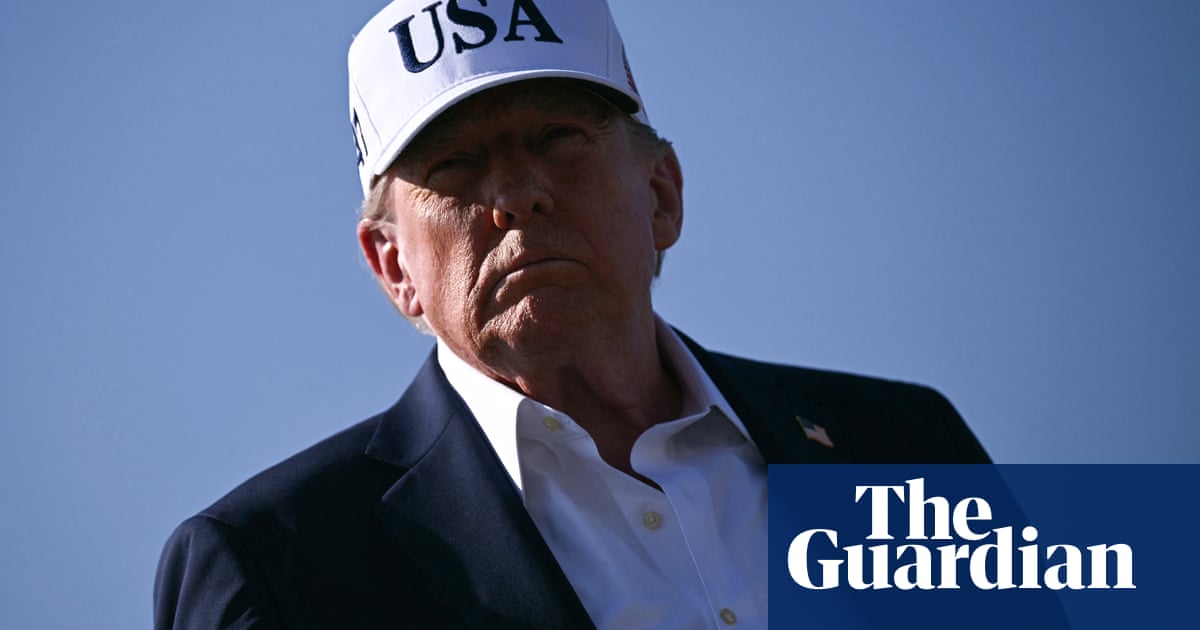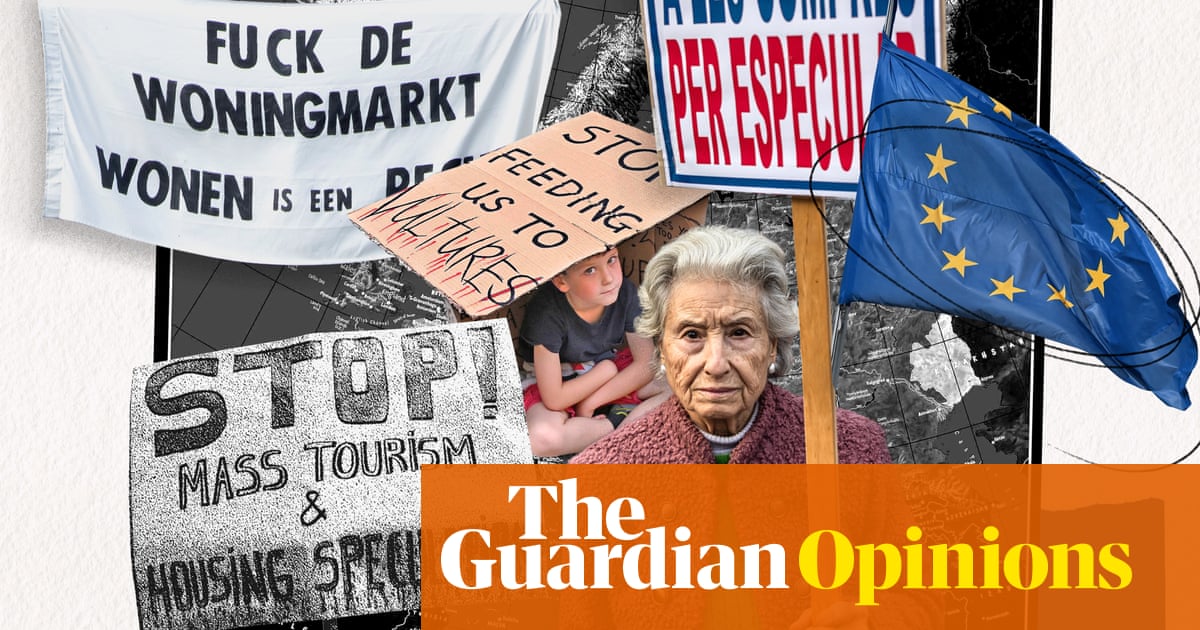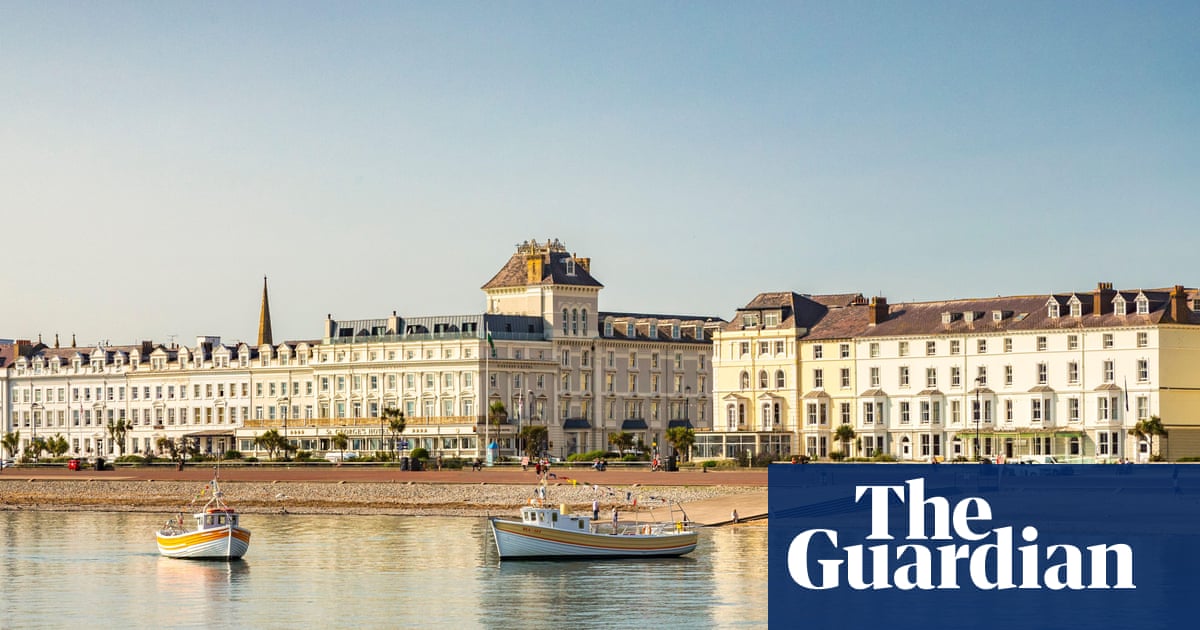The leaders of countries across the Asia-Pacific are wrapping up their summit in Gyeongju, South Korea, after a week dominated by trade talks between the US president, Donald Trump, and the Chinese leader, Xi Jinping.
With Trump electing to fly back to Washington on the eve of the main summit, what did Apec’s remaining leaders – who together represent 40% of the world’s population and about 50% of its trade – achieve in his absence?
1. After Trump went awol, this was Xi’s moment
Having dominated the headlines for several days during visits to Malaysia, Japan and South Korea, Donald Trump flew back to Washington on the eve of the Apec summit in Gyeongju, leaving his treasury secretary, Scott Bessent, to do his bidding. Whether by accident or design, Trump’s absence allowed Xi to fill the void and position himself as a unifying voice and champion of the region’s economic interests, and an alternative to “America first” protectionism. While Trump – who was showered with extravagant gifts by his Japanese and South Korean counterparts – dished out Halloween sweets at the White House, Xi embarked on a series of high-level bilateral meetings.
No one was pretending that the two-day summit would eclipse Xi and Trump’s tariff truce earlier in the week, but the US president’s no-show at least allowed other leaders to amplify their messages – the Canadian prime minister Mark Carney’s dramatic pronouncement of the end of rules-based free trade; and Xi’s call to arms as a torchbearer for free and open trade, a responsibility that once fell to Trump’s predecessors. Trump may have been presented with a gold crown by the Apec hosts, but in Gyeongju, a historic city dotted with Silla dynasty tombs, Xi was king.
2. Apec-style summitry is on life support
It says something about the fractured nature of Apec that, as regional leaders prepared to leave South Korea on Saturday, there was speculation they would struggle to agree on a communique amid differences over trade. In the end, a vague declaration did appear, committing member states to “acknowledge the importance of a trade environment that promotes resilience and benefits for all”. It did not, though, mention multilateralism or the World Trade Organization, which sets the rules for global trade.
The 21-member Apec is a loose coalition of countries united by little more than geography and divided along deep political and economic fault lines, from the liberal democracies of Japan and South Korea to autocratic regimes in China, Russia and Vietnam. In that sense, it is a minor miracle that a body that disparate manages to hold annual meetings. But the lack of consensus in Gyeongju is a symptom of a wider trend that has accelerated since Trump – who has never hidden his disdain for multiparty gatherings – returned to the White House.
As the summit neared its end, South Korean officials were working hard to prod member states to adopt a joint declaration and avoid a repeat of the 2018 summit in Papua New Guinea, where leaders failed to produce a communique due to trade friction between the US and China. The last two days have added to the sense that Apec’s mission is no longer suited to the economic zeitgeist. Its foundation in 1989 came at a time of increasing globalisation and regional economic integration. The world is dramatically different today – a fact that not even Apec’s able and gracious hosts, South Korea, could mask.
3. Canada and China are finally building bridges
If détente was achieved at Apec, it was between Canada and China. Carney left his meeting with Xi with an invitation to visit China, no doubt relieved that under his seven-month-old administration, bilateral ties were, in Xi’s words, “showing signs of recovery”. Again, there was no escaping the Trump factor. Just days after the White House abruptly cancelled trade negotiations and slapped additional tariffs on Canada in protest at an Ontario government-sponsored TV advert critical of Trump’s predilection for tariffs, Carney and Xi found themselves occupying common ground.
The bar for reconciliation was, admittedly, very low after years of discord under Carney’s predecessor, Justin Trudeau. Nonetheless, both men were positive about the meeting’s outcome. A Canadian statement described it as a “turning point” in bilateral ties, which can only improve as the Trump-Carney row intensifies. As Carney announced plans to double non-US exports over the next decade, Trump ruled out a resumption of trade negotiations with Canada, a sign, according to Daniel Béland, a professor at McGill University in Montreal, that the Trump administration “is very likely to resent this rapprochement between Canada and China”.
4. Sanae Takaichi gets through her whirlwind diplomatic debut
As the only woman among the 14 leaders who attended the summit (Trump and six others sent representatives), Japan’s newly installed prime minister, Sanae Takaichi, came under immediate pressure to demonstrate her diplomatic skills, beginning with a visit to Tokyo by the US president, followed by potentially awkward meetings in Gyeongju with Xi and the South Korean president, Lee Jae Myung.
Japan’s first female leader, who was approved by parliament less than a fortnight ago, did not make waves, but gave early indications that foreign policy might not turn out to be her achilles heel, as some observers had predicted during her rise to the top of Japan’s male-dominated political world. Much of that was about sticking to a script that was long on platitudes. She and Lee agreed to promote “future-oriented” ties – which is just as well.
While Trump did not get his fourth meeting with Kim Jong-un, the Gyeongju summit was a reminder of overlapping Japanese and South Korean interests when it comes to North Korea, which on Saturday described abandoning its nuclear weapons as a “pipe dream”. And after a slightly awkward handshake with Xi on Friday, she spoke of a “strategic and mutually beneficial relationship”, while raising concerns over China’s human rights record and its military activities in the South China Sea. Takaichi’s low-key international debut over the past week suggested that a foreign policy pragmatist lurks behind the arch-conservative image. Her hop back across the Japan Sea (or the East Sea if you are Korean) later today will not be a forlorn one.

.png) 17 hours ago
10
17 hours ago
10


